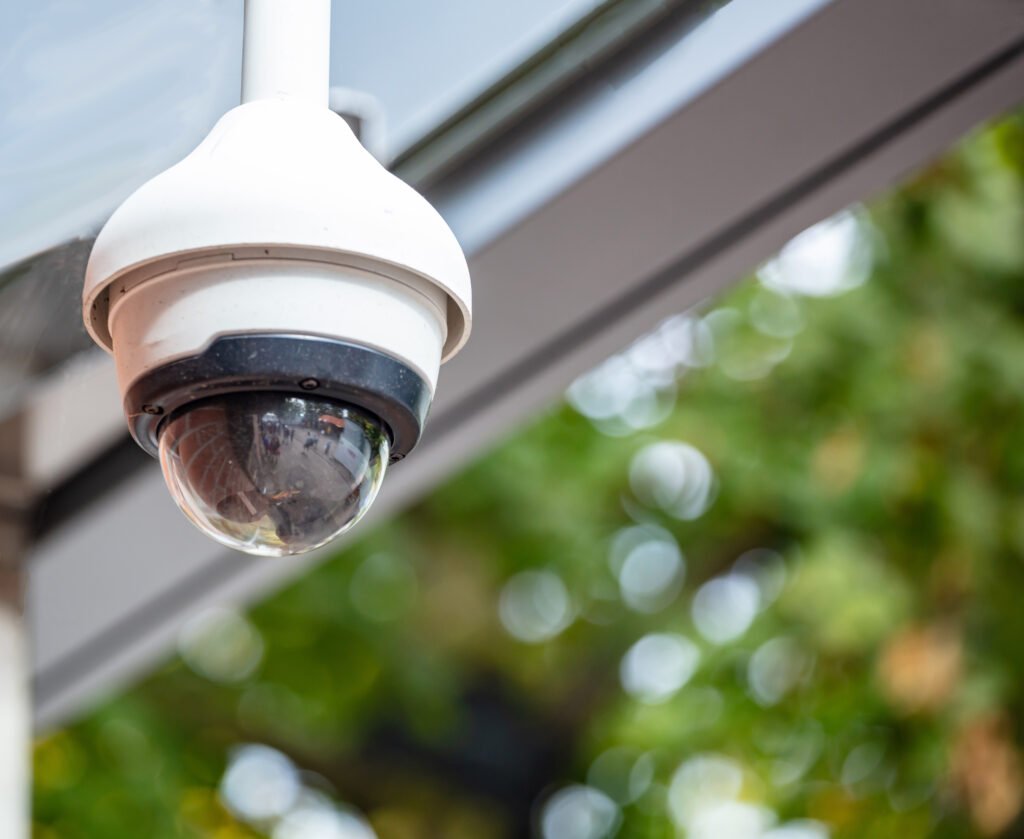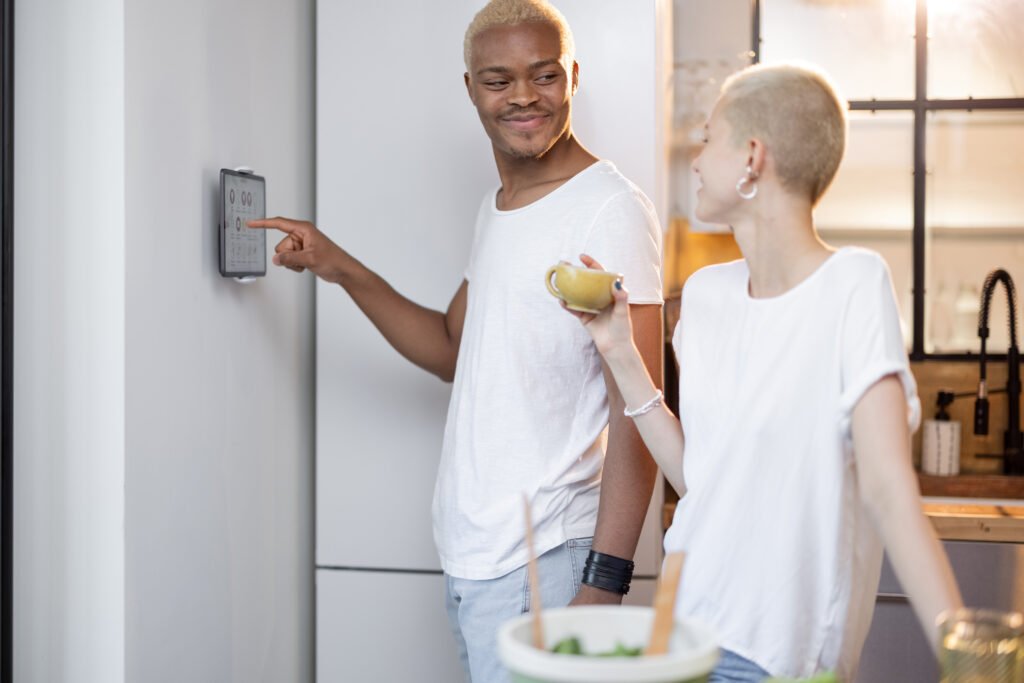Choosing a good security camera can feel overwhelming with so many options on the market, but it doesn’t have to be complicated. Whether you’re looking to protect your home, monitor your business, or keep an eye on your loved ones, finding the right camera starts with understanding your needs and knowing what to look for. In this guide, I’ll walk you through everything you need to know about selecting a security camera that fits your requirements and budget.

Let’s start with the basics: why you’re getting a security camera in the first place. Knowing your primary purpose will help narrow down your options. Are you looking to deter intruders, monitor activity in a specific area, or record footage for later review? For example, if you want to keep an eye on your front door, a video doorbell might be ideal. If you need to cover a large outdoor area, a wide-angle outdoor camera with night vision could be better. Understanding your goal will make it easier to choose a camera with the right features.
Next, think about where you’ll be installing the camera. This decision plays a big role in the type of camera you need. Outdoor cameras, for example, must be weatherproof and durable to withstand the elements. Look for cameras with an IP rating of at least IP65 to ensure they can handle rain, dust, and extreme temperatures. Indoor cameras don’t need to be weatherproof but should blend well with your home’s interior and be easy to install without drilling. Also, consider whether you need a wired or wireless camera. Wired cameras are often more reliable because they don’t rely on Wi-Fi, but they can be harder to install due to the need for power and data cables. Wireless cameras are easier to set up and offer more flexibility in placement, but they can be affected by Wi-Fi signal strength and require regular battery charging unless they’re hardwired.
Resolution is another key factor to consider. The resolution determines how clear and detailed the footage will be. While 720p was once standard, most modern security cameras offer at least 1080p, which provides clear video quality for most purposes. If you need to capture finer details, such as license plates or facial features, look for cameras with 2K or 4K resolution. Keep in mind that higher resolution footage takes up more storage space and requires a faster internet connection for streaming.
Field of view is another important feature to evaluate. The field of view determines how much area the camera can cover. Cameras with a wide-angle lens, typically around 120 to 180 degrees, are great for monitoring large areas, such as driveways or backyards. However, a wider field of view can sometimes distort the image around the edges, so balance your need for coverage with the importance of image clarity.
Don’t overlook night vision, especially if you’ll be monitoring areas after dark. Most security cameras come with infrared night vision, which uses IR LEDs to illuminate the area without visible light. This is great for capturing footage in complete darkness, but it may produce black-and-white video. Some advanced cameras offer color night vision, which provides clearer and more detailed footage, especially in low-light conditions. If night vision is a priority, check the camera’s range, as some cameras can see up to 100 feet or more in total darkness.
Another feature to consider is motion detection. This helps save storage space and ensures you’re only recording important events. Cameras with motion detection can alert you when they detect movement, so you don’t have to monitor the feed constantly. Look for adjustable motion sensitivity settings, which let you fine-tune the camera to avoid false alarms from things like pets, shadows, or passing cars. Some cameras also offer advanced motion detection features, such as person or vehicle recognition, which can help reduce unnecessary alerts.
Audio capabilities are another thing to think about. Many modern cameras include built-in microphones and speakers, allowing for two-way audio. This means you can hear what’s happening around the camera and even talk back through a connected app. Two-way audio is particularly useful for doorbell cameras or when you want to communicate with someone near the camera, such as a delivery person or family member.
Storage is a crucial factor that often gets overlooked. Security cameras generally offer two types of storage: local and cloud. Local storage typically involves a microSD card or an external hard drive connected to the camera. It’s a one-time cost and keeps your footage private, but it may fill up quickly, especially if you’re recording in high resolution. Cloud storage, on the other hand, saves footage on remote servers, allowing you to access it from anywhere via the internet. While convenient, cloud storage often comes with a subscription fee. When choosing a camera, consider how much storage you’ll need and whether you’re comfortable paying for a subscription. Some cameras offer free cloud storage for a limited amount of footage, so check what’s included.
Another thing to think about is how you’ll view your footage. Most modern security cameras connect to a smartphone app or web portal, where you can view live feeds, review recorded footage, and adjust settings. Look for a user-friendly app that lets you customize notifications and easily access what you need. Some apps also offer features like geofencing, which automatically turns the camera on or off based on your location.
Privacy and security are becoming increasingly important in today’s connected world. Make sure the camera you choose has robust encryption and data protection measures. This is especially important if you’re using a cloud-based camera, as your footage is stored on remote servers. Check for features like end-to-end encryption and two-factor authentication to protect your data from hackers.
If you’re looking for extra features, there are plenty of options to consider. For instance, some cameras come with built-in sirens that can scare off intruders, while others have spotlight features to illuminate the area when motion is detected. Certain cameras integrate with smart home ecosystems like Amazon Alexa, Google Assistant, or Apple HomeKit, allowing you to control them with voice commands or automate them with other devices. If you already use a smart home system, look for a camera that’s compatible with it.
Now let’s talk about budget. Security cameras come in a wide range of prices, from under $50 for basic models to several hundred dollars for advanced systems. While it’s tempting to go for the cheapest option, remember that quality often comes at a cost. Set a budget and prioritize features that are most important to you. For example, if you’re on a tight budget, you might opt for a camera with fewer bells and whistles but still good resolution and motion detection. If you have more to spend, consider cameras with advanced features like facial recognition or pan-tilt-zoom functionality.
When it comes to brands, some names stand out for their reliability and quality. Companies like Arlo, Ring, Nest, and Eufy are well-known for their home security cameras, offering a range of options for different needs and budgets. Research reviews and compare models to find one that suits you. Don’t forget to check warranty and customer support options, as these can be lifesavers if you run into issues.
Once you’ve chosen a camera, installation is the next step. Wireless cameras are usually easier to install and can often be set up in minutes with minimal tools. Wired cameras, on the other hand, may require professional installation if you’re not comfortable with electrical work. Before buying, check the installation requirements and make sure they align with your DIY skills.
Finally, think about scalability. If you’re starting with just one or two cameras, consider whether you might want to add more in the future. Many security systems allow you to expand by adding additional cameras, so look for one that supports multiple devices without needing an entirely new system.

In summary, choosing a good security camera is about finding the right balance of features, budget, and ease of use. Start by identifying your specific needs, whether it’s monitoring a specific area, capturing high-quality footage, or integrating with your smart home. Consider factors like resolution, field of view, night vision, and storage options. Don’t forget about the importance of privacy and security features, especially if you’re using cloud storage. With a little research and careful planning, you’ll be able to find a security camera that gives you peace of mind and fits your lifestyle. Remember, the best security camera isn’t necessarily the most expensive—it’s the one that meets your needs and helps you feel safe in your home.